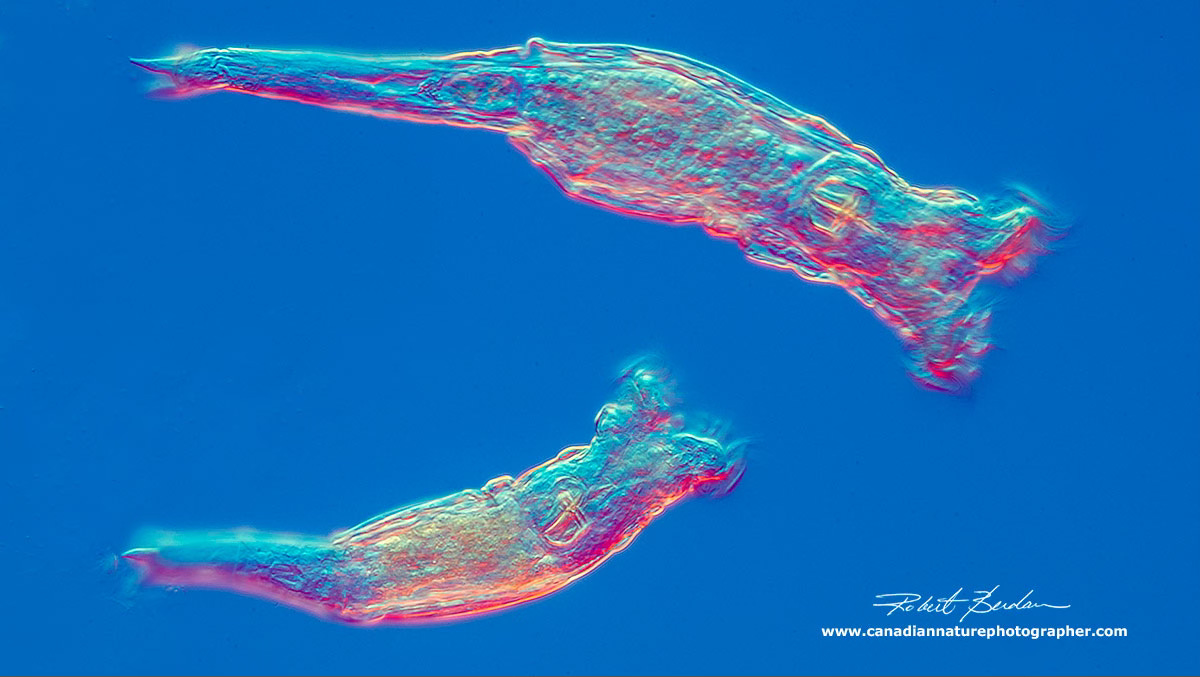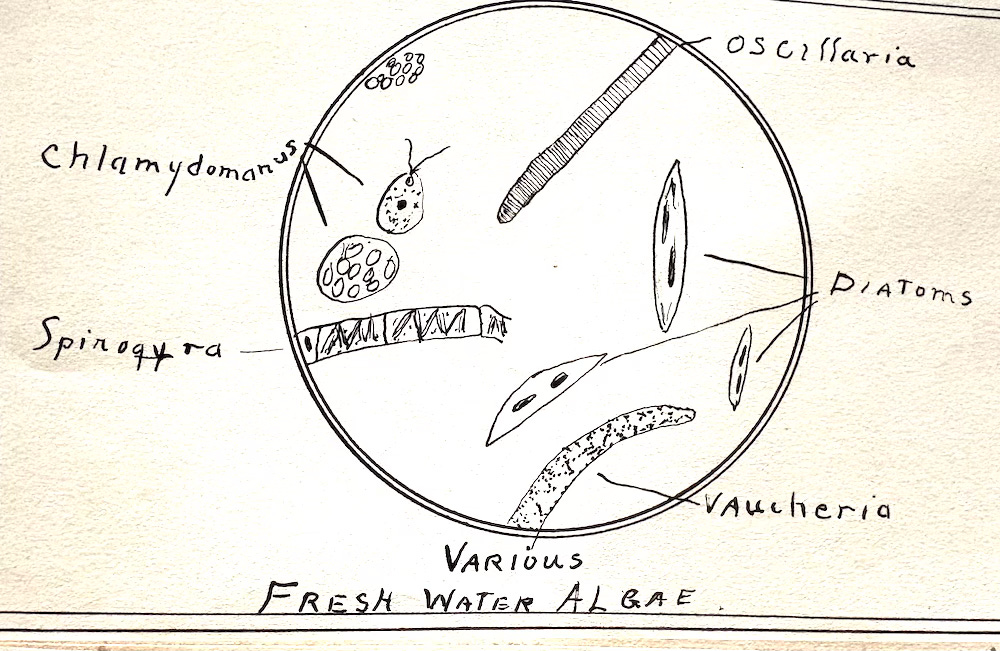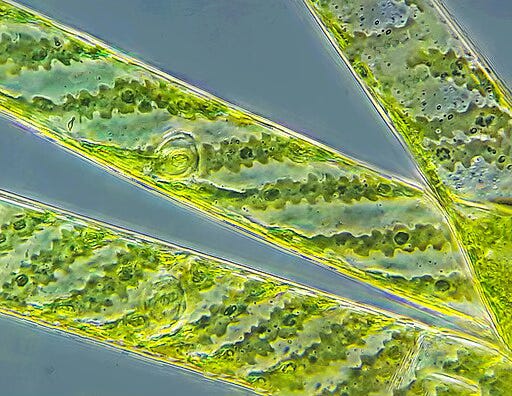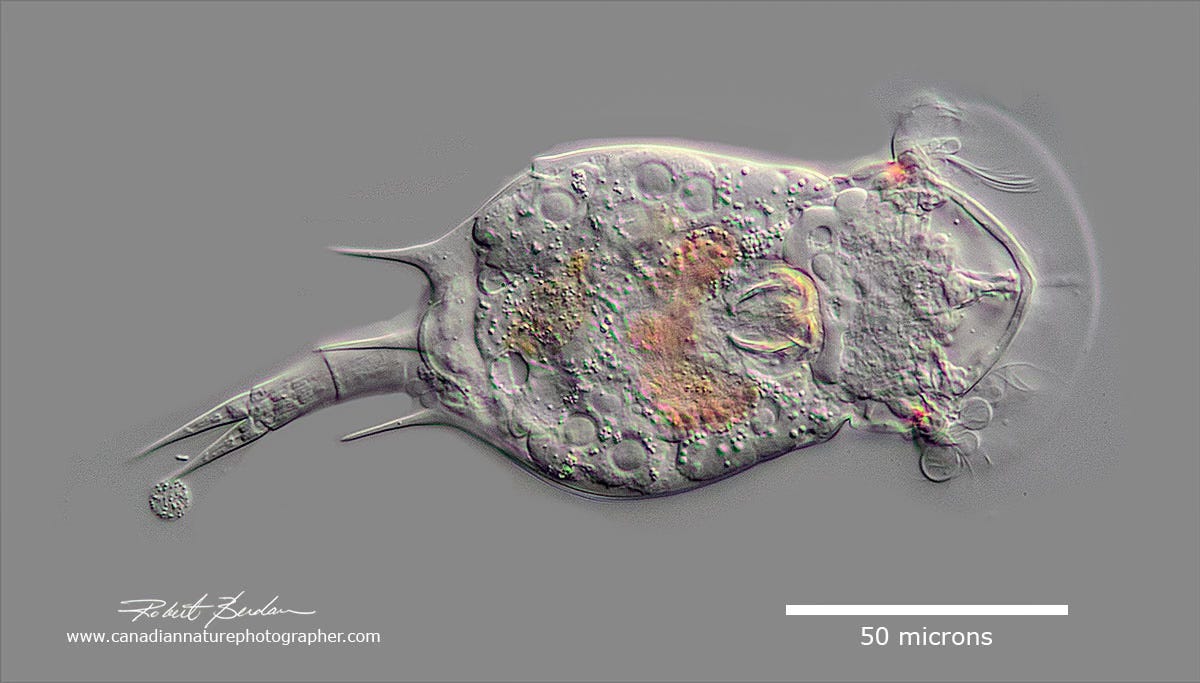Being a New Author
Being an author gave me an opportunity to revisit my interests in the natural world.

My first book, “Weasels, Otters, Skunks and Their Family,” pleased my editor, Ed, and got good reviews. So then what? I learned how to find an appropriate topic for a young reader book. For example, Ed directed me to check a reference called “Books in Print” when he shot down an idea, such as one about Nature’s “garbage men.” Yes, it was a great idea, but that’s why there’s already a recent book about just that topic. From then on, I’d check for possible competition before suggesting an idea.
I was lucky to have stumbled onto Holiday House. Ed himself had been an author before becoming an editor. He’d written a “how to” book for young readers about using a home microscope that went out of print. He wanted me to write a followup version. I felt terrified—I’d studied microscopic creatures and found them fascinating. But writing about them for kids was a totally different matter. What if I failed to please Ed? He was my “entrance” into this business, and if I failed on this project, my so-called career would be very short! But if I turned down the idea, that would be the end for working with Ed.
So I took a deep breath and agreed to the project. My dad had given me his old microscope, so I had the basic tool. I’d been along on our son’s class trip to a nearby pond to collect pond life, so I knew at least one source of material. I knew that ponds were alive with microscopic life.

I was on my way, not just visiting the pond, but also gathering samples from road puddles, irrigation ditches, and any other moist place. I had a great time, especially when I watched a rotifer spin its way across the slide or zeroed in on the lovely spiral chloroplasts in a thread of the algae named Spirogyra. The way that all these tiny plants and creatures managed to get from one body of water to another and keep showing up even in an isolated pond far from any stream continued to amaze me.


I had to describe the steps for my readers for everything from collecting specimens and keeping their samples alive at home to how to prepare a sample to view it under a microscope. Finding a source for a home microscope was difficult, but I did the best I could to provide suggestions. Nowadays, there are lots of choices online for a ‘scope and all the other gear, but back then it was a challenge.
My hard work and fun paid off eventually. Ed liked my book and so did reviewers. For example, this from The American Biology Teacher: This book should be used by everyone interested in exploring this area…..The author has thought out all the steps necessary to begin a successful exploration of this world. These concise, accurate, accounts give enough information to satisfy the avid student and whet the appetite of the more casual one.
Whew!
With two books “under my belt” I was on my way with Ed and Holiday House. I was a “real author!” What might come next?
Special thanks to Robert Berdan, for the use of his rotifer photos. He especially loves rotifers, as I do!




I bet your Dad was super proud of you! Did he get to see any of your published books?
How very neat to have your dad's notebook! Thanks for sharing what you learned about the microscopic world.